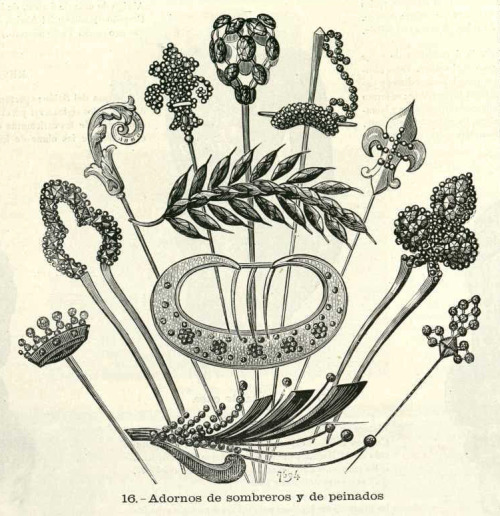You've heard of the Caber Toss, you've heard of Camel Jumping, but have you heard of Finnish Wife Carrying?
Starting in the small village of Sonkajärvi in Finland, Wife Carrying started out as a celebration of local history, and turned into a global sport. Every year in July, couples from around the world flock to this small Finnish town to compete in a grueling obstacle course. The obstacle course includes two dry obstacles, and one wet obstacle. Throughout the course one partner (usually the husband) must carry the other partner on their back. If the partner being carried is dropped the carrier has to pick them up, and keep going. Though Wife Carrying is a somewhat serious sport, it is, by no means, serious. The winner of the competition gets the weight of the wife in beer, and prizes are given out for the best costumes.
The competition celebrates the legend of Rosov Ronkainen, a notorious thief from the 1800s. Rosov was notorious for stealing women and food from local villages, and he required all men involved in his band of robbers to complete difficult obstacle courses while carrying heavy weights on their back--presumably to make it easier to kidnap women.
Today, Wife Carrying is more about building the relationship between couples than preparing for pillaging. Competition requires a great deal of trust and communication between partners, and is a fun way for couples to spend quality time together.
Starting in the small village of Sonkajärvi in Finland, Wife Carrying started out as a celebration of local history, and turned into a global sport. Every year in July, couples from around the world flock to this small Finnish town to compete in a grueling obstacle course. The obstacle course includes two dry obstacles, and one wet obstacle. Throughout the course one partner (usually the husband) must carry the other partner on their back. If the partner being carried is dropped the carrier has to pick them up, and keep going. Though Wife Carrying is a somewhat serious sport, it is, by no means, serious. The winner of the competition gets the weight of the wife in beer, and prizes are given out for the best costumes.
The competition celebrates the legend of Rosov Ronkainen, a notorious thief from the 1800s. Rosov was notorious for stealing women and food from local villages, and he required all men involved in his band of robbers to complete difficult obstacle courses while carrying heavy weights on their back--presumably to make it easier to kidnap women.
Today, Wife Carrying is more about building the relationship between couples than preparing for pillaging. Competition requires a great deal of trust and communication between partners, and is a fun way for couples to spend quality time together.
The event is inclusive of LGBT and single people, so long as you have a partner you can participate. There are qualifying events around the world which determine who is allowed to compete at the world championships. Those interested in competing can find the world championship website here.
Sources
2016 World Wife Carrying Championships in Finland Captured in Incredible Pictures





